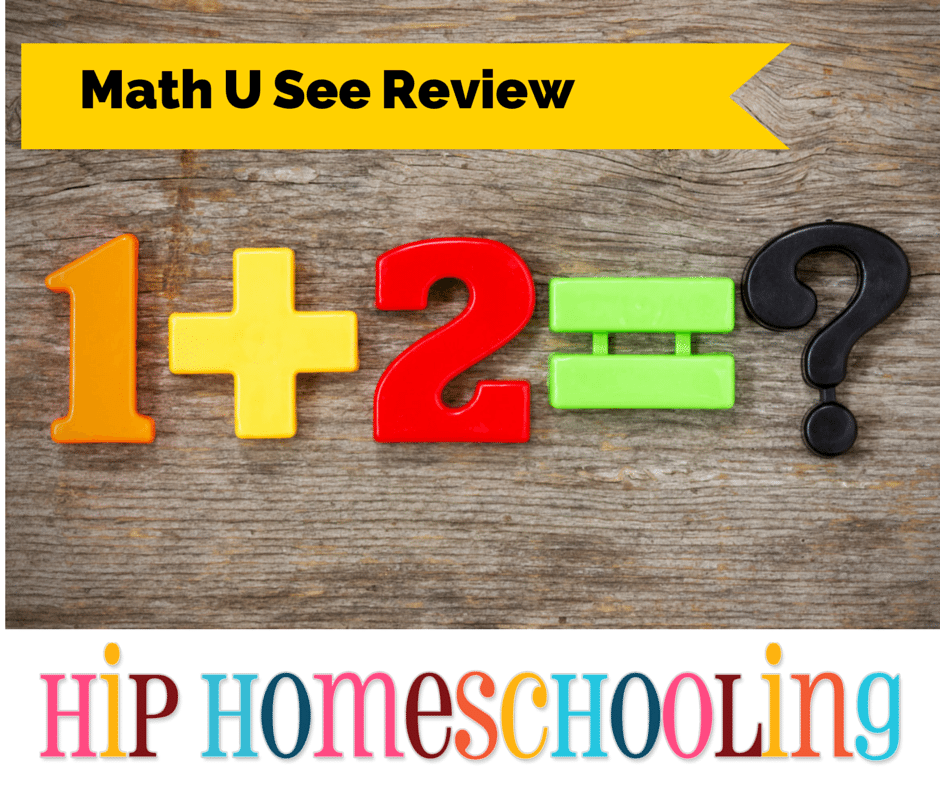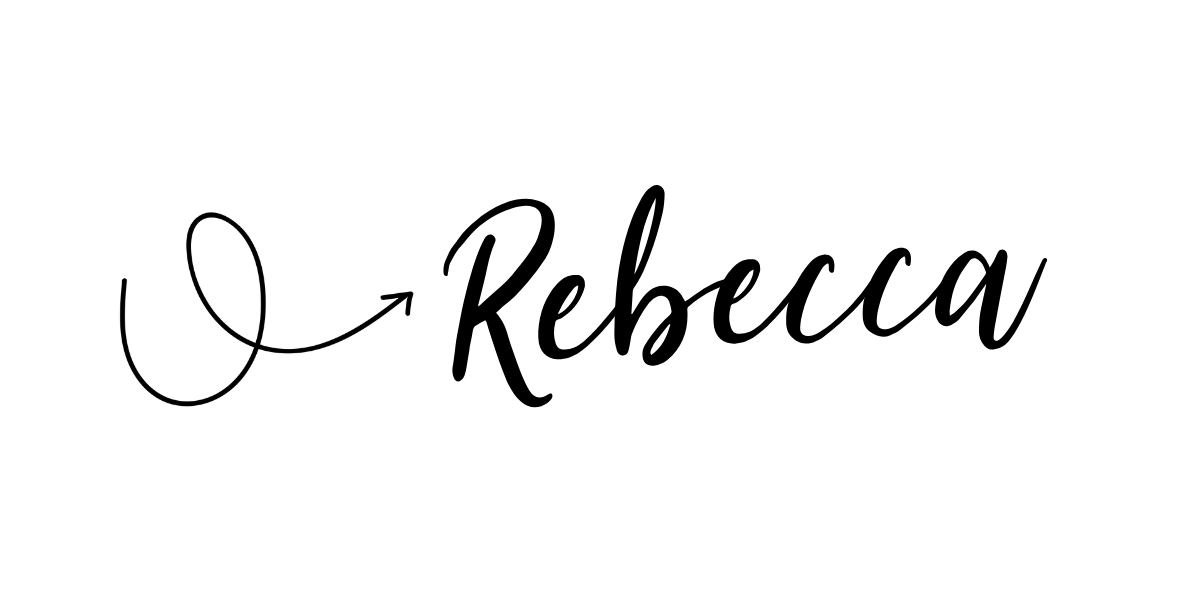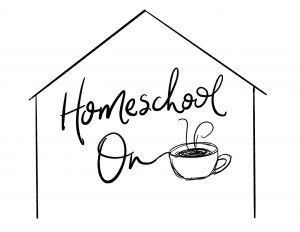We have been using Math U See for three years now with all of the kids and I thought the time had come to review why we love it and how it works for our family. We are currently using the Primer, Alpha, and Beta programs and I fully intend to buy them the program again for next year! Read on to find out why we are Math U See addicts…
I grew up using A Beka Math curriculum and I loved it. It was bright, fun, full of different activities to do, speed drills, etc. When I started homeschooling, the first thing I bought was the A Beka math curriculum.
It was only when I went to my first homeschool conference and was browsing through the different vendors that I happened upon Math U See. I have to admit, I only walked up to the booth to check it out, I thought I was covered! But when I saw the program, I made a total impulse buy and got the primer.
We haven’t looked back since.
I have tried supplementing with the A Beka program, I mean, what a waste of money! However the kids will have none of it. They are just as much in love with the program as I am.
A Canadian Math Curriculum Option
One of the biggest bonuses for me, is that it is a Canadian math curriculum (please note they also have a US website and US curriculum that is the same, it just teaches US money/measurement, etc). This is such a huge benefit when dealing with the foundational years. I learned in inches and pounds with A Beka and I am constantly converting my kids’ weights at the doctors or their height, etc. I wanted my kids to understand the measurement system we use, to understand and learn with Canadian money, etc. I love that this math program does all that for me, I don’t have to worry about supplementing.
Math Curriculum that Works for All Learning Styles
With five children, it is very rare to find a program that works well for all the kids collectively. I am often found scouring the internet to find a more kinesthetic approach for Selah or a more visual program for Caleb. However, Math U See has me covered! It approaches learning from three different angles and targets the main learning styles. If you don’t know your child’s learning style, be sure to take the quiz!
Auditory/Visual Learners
Each lesson is broken up into 6 sub-lessons (ie. 1A-1F) and begins with a DVD instructional video to explain the lesson. The video is done in an interactive setting and the kids LOVE watching and hearing their lessons and feeling like they are a part of a virtual classroom. The combination of audio and visual learning works for all the kids and usually this is all they need to understand their lesson for the week (with minor helps from mom with reading word problems, etc.)
The blocks are another great tool for visual learners. Each number is a different color and very quickly the child is able to stop counting them and just use them based on their color “value”. This then translates to mental addition, etc. as they are seeing the blocks and colors in their minds as they figure out their problems.
Kinesthetic/Sensory Learners
Math Curriculum that Makes Sense!
Selah is learning her addition table. To do this, they teach that everything is jealous of the number ten. 9 wants to be a ten, so it steals one. In every single math problem they are supposed to “rearrange” their math problem.
example problem: 9+8
Selah takes those blocks and puts them on the top of her wooden box
She then takes a ten block and rearranges the problem.
So 9+8 is the SAME as 10+7=17.
Instead of just memorization (which definitely has its place), she is learning unique tips and tricks to make math FAST, effective, and fun!
It took me a while but all of a sudden, I am getting much faster at math myself! Who knew!
A Comprehensive Math Curriculum
If you have another math program you love or any questions, I would love to hear about it! Comment below and join the conversation!





